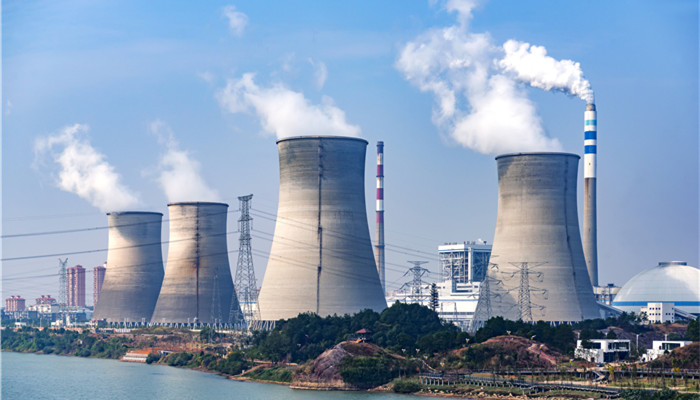
Nuclear grade cable materials have high safety level requirements and high technical barriers to industry entry.
Cables used in the special environment of nuclear power plants are nuclear power plant cables. Due to the particularity of nuclear technology, their safety level requirements are high. Cable materials are materials used for cable insulation and protection. The safety level of nuclear-grade cable materials used in nuclear power plant cables needs to reach level 1E. 1E-level nuclear-grade cable materials can be divided into three safety levels: K1, K2, and K3. Among them, K3 has the highest technical content and the best performance. my country’s “14th Five-Year Plan” proposes that the operating installed capacity of nuclear power will reach 70 million kilowatts, which will benefit the development of the nuclear-grade cable material industry.
Nuclear-grade cable materials need to have the properties of ordinary cable materials, as well as fire resistance, heat resistance, flame retardant, low smoke, non-toxic, non-corrosive, radiation resistance, OLCA resistance and other properties. In the event of a fire, nuclear-grade cable materials need to be flame-retardant and will not cause the fire to spread. Even if they are decomposed, the products are non-toxic and non-corrosive. Due to the need to work in a high temperature and radiation environment for a long time, the performance of the core-grade cable material cannot change within a certain period of time, and it needs to be resistant to high temperature and high pressure steam impact and chemical agent corrosion to cope with possible coolant loss, High energy pipe rupture and other emergencies.
According to the “In-depth Market Research and Investment Strategy Suggestions Report on Nuclear Grade Cable Material Industry 2022-2026” released by the Industrial Research Center, Nuclear-grade cable materials can use cross-linked polyethylene (XLPE), ethylene-vinyl acetate copolymer (EVA), ethylene-propylene rubber (EPR), polyolefin (PO) and other materials. Typically, nuclear power plant cables use one material as the insulating layer and another material as the protective sheath, such as ethylene-propylene rubber as the insulating layer, ethylene-vinyl acetate copolymer as the protective sheath, or cross-linked polyethylene. Vinyl as insulation, polyolefin as protective sheath, etc. In the extremely demanding nuclear power plant cables, two different materials are also used to make double-layer insulation, and then a protective sheath is added.
Industry analysts said that the preparation process of nuclear grade cable materials is very demanding, the number of companies with production capacity in the world is small, and the products produced Only those that meet the standards can enter the nuclear power supply chain after professional testing and acceptance. my country’s nuclear power industry is developing rapidly, and the demand for nuclear-grade cable materials is growing rapidly. The early market mainly relied on imports. Due to the urgent demand for localization and the attraction of interests, the number of companies entering the nuclear-grade cable material market in my country has begun to increase, but the number of companies that can provide qualified products in batches is small.
In November 2018, the “Development of Preparation Technology for Nuclear Grade Cable Materials for Third-Generation Nuclear Power Plants” project undertaken by High-tech Nuclear Materials, a subsidiary of CGN Nuclear Technology, passed the acceptance of the expert group. Its technical indicators meet the requirements of “Hualong One”. Currently, CGN Nuclear Technology has K1 and K3 nuclear grade cable material mass production capabilities. Zhizheng Co., Ltd. cooperated with Shanghai Cable Research Institute to develop 1E-class K1 and K2 nuclear-grade cable materials for third-generation nuclear power plants, with a safe service life of up to 60 years. At this stage, my country already has the ability to independently produce nuclear-grade cable materials suitable for third-generation nuclear power plants.

 微信扫一扫打赏
微信扫一扫打赏

